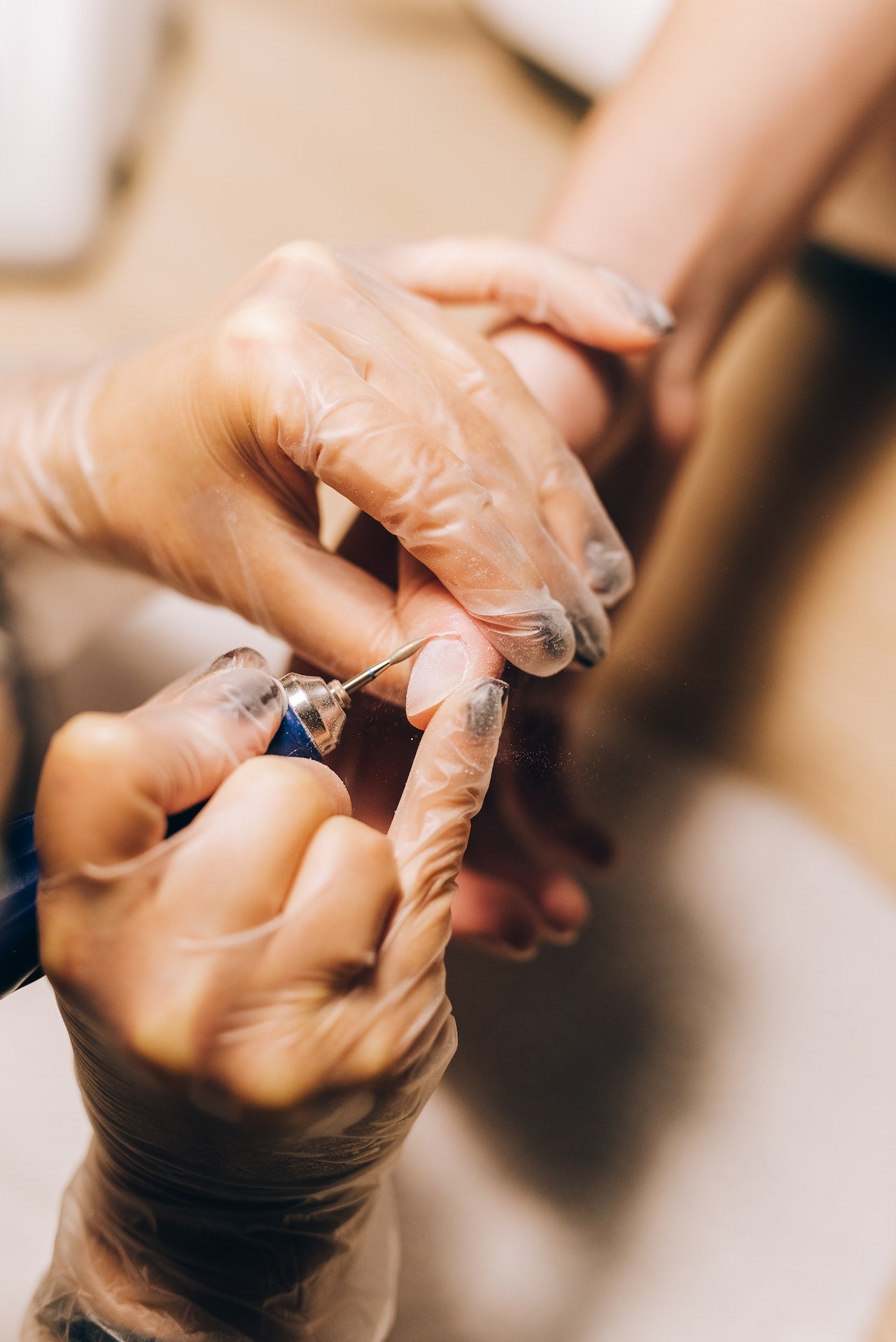If you've ever experienced foot pain or twisted or overlapping toes, you know how annoying this can be. In medical terms, these conditions are also referred to as supraductus or infraductus position.
These conditions can occur as a result of incorrect foot positions, deformities of the feet or weakness in the feet and ankle muscles. They can lead to pain, fatigue, stiffness and movement limitations. In some cases, they can also contribute to other foot and ankle problems, such as heel pain or knee pain.
Several treatment options are available for twisted or overlapping toes, including physical therapy, foot correction earrings, and foot support. Some people also choose to wear orthopedic shoes or arch supports to reduce pain and improve range of motion.
To reduce the risk of twisted or overlapping toes, it is important to maintain healthy feet and ankles through regular stretching and exercise and wearing comfortable and supportive shoes. It is also important to pay attention to weight and to work on a healthy lifestyle.
Resume
Twisted or overlapping toes, also known as the supraductus or infraductus position, can lead to pain, fatigue, stiffness and limited range of motion. Several treatment options are available, including physical therapy, foot correction earrings, and orthopedic shoes. It is important to maintain healthy feet and ankles and watch weight to reduce the risk.





Leave a comment
All comments are moderated before being published.
This site is protected by hCaptcha and the hCaptcha Privacy Policy and Terms of Service apply.